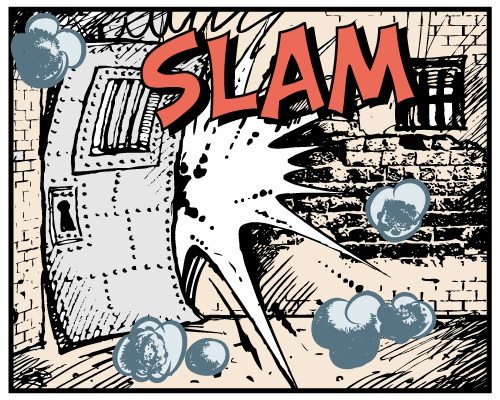
September 22, 2014; Fast Company
Some people looking to leave their job for good might feel the best way is to run out the door and never look back. Or how about creating a viral video to share your employment agonies with the world:
Sign up for our free newsletters
Subscribe to NPQ's newsletters to have our top stories delivered directly to your inbox.
By signing up, you agree to our privacy policy and terms of use, and to receive messages from NPQ and our partners.
But before making any drastic moves, you may want to consider planning out your exit strategy. Leaving on good terms can allow you to keep important work connections and references, which could be beneficial to your career down the line.
To make certain you have a more graceful exit, here are eight suggestions from Fast Company on how to leave your job while ensuring professionalism:
- Contacts: Before checking out at work, you’ll want to check that your personal contact list is up-to-date. Make sure you have connected with any potential references or anyone you want to stay in touch with via LinkedIn, email, or telephone.
- Personal Belongings: To avoid making a scene on your last day, make sure you plan to remove some personal items in advance. Some organizations also require you clear out your office immediately upon resignation for security reasons, so going through your files at work to ensure that you aren’t leaving any important personal information behind is also a smart move.
- Keep Calm: Relax. A decision to leave your organization is bound to ruffle some feathers. Some coworkers may be afraid of the change that will come afterwards, and some people might even be envious of your decision to move on to new endeavors. Don’t take comments to heart, and don’t let backhanded comments or the opinions of others impact the personal career choices you have made.
- Put Your Resignation in Writing: Even if you plan on speaking to your supervisor and staff in person, composing a letter of resignation for your organization’s records is recommended. The letter should be positive and to the point, briefly explaining your reason for leaving but also letting the organization know you have valued your time with them.
- Give Notice: Losing an employee can really shake things up at an organization, specifically at smaller scale nonprofits. Looking for a replacement, scheduling and holding interviews, and going through the hiring and training process all take time and resources. So make sure you give your organization ample notice before springing the news on them. Founder of career blog Jobacle.com Andrew Rosen suggests that two weeks’ notice is the “bare minimum” for entry-level and low-level managerial jobs.
- Be Honest: An exit interview is your greatest opportunity to let the organization know what they need to improve on. If there was a part of your job that was making you miserable, let them know so they will have the opportunity to make the experience better for the next person who takes the position. Do be aware of the difference between constructive criticism and just flat out complaining, but take advantage of this moment to reflect and let your supervisor know where there is room to make progress.
- Transitioning: To make the transition smooth, be sure to finish up any projects or tasks that are in need of your assistance. Also, double-check that you are passing on all the knowledge you can to the next person who will fill your role, including any needed instructions or training manuals that you found valuable. Offering to give contact information to your replacement if they end up in a crisis and are in need of help could leave you highly respected and regarded by the organization.
- Following Up: Make sure to thank the people that you really enjoyed working with before leaving. Sending emails to check in or simply letting them know how appreciative you were of their hard work can go a long way.
Nonprofit HR’s 2014 Nonprofit Employment Practice’s Survey data showed that turnover was the greatest human resources challenge facing nonprofits. Making this transition process easier for your organization as a whole will not only allow you to keep on good terms with networks and references, but it can also allow your organization to become more successful as you move on.—Aine Creedon











